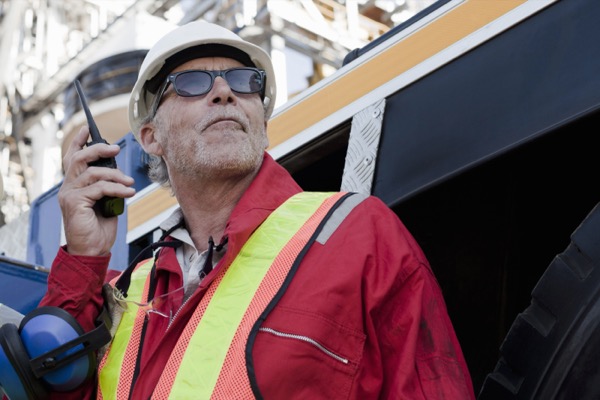Wet weather can be a nuisance. It makes travel difficult and causes wet messes in the buildings and places you work. Moreover, the wet work surfaces it creates both indoors and outdoors present a serious slipping hazard for you and your co-workers.
In fact, wet work surfaces – weather-related or not – are a workplace hazard. Water can come from rain, cleaning and accident spills, wet winter conditions, or activities that require the use of water. Slipping on a wet surface can result in bruises, strains and sprains, lacerations, fractures, head trauma, and even fatality. And those incidents can stack up to lost wages or a lawsuit. Fortunately, there are several steps you can take to keep your team safe.
Ways of Lowering Risk
Each work area is different, so the way you deal with wet surfaces may vary. However, following these general guidelines is a good start.
- Clean up spills immediately.
- Use caution signs to clearly identify when a work surface is wet or likely to become wet and remove the signs as soon as the surface is dry.
- Barricade affected areas where possible.
- Check for equipment and electrical currents that may not be grounded and wires that are not insulated near wet areas. Never use electrical equipment while standing on a wet surface.
- Place floor mats and umbrella stands at all entrances to reduce tracking in water from outside.
- Be sure to wear shoes with slip-resistant soles.
- Report any spills or wet areas that you notice to your supervisor.
Avoiding a Slip
If you are forced to walk through a wet work surface, follow these tips to avoid slipping and falling.
- Slow down! Rushing is not worth a serious injury and lost wages.
- Take small steps to keep your balance centered.
- Walk with your feet pointed slightly outward to form a stable base.
- Make wide turns at corners.
- Use handrails if present.
- Concentrate on the surface you are walking on.
- Be prepared for slippery patches.
- Keep your hands out for balance.
Cooperate and Stay Alert
We care about your safety. If you have any doubt about the safety of the place where you are working, whether it concerns a wet surface or another hazard, talk to your supervisor. It takes the cooperation of our entire team to keep our worksite safe!







